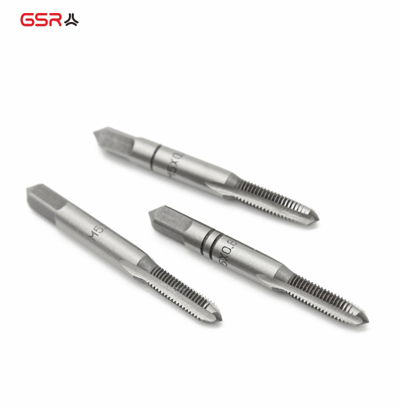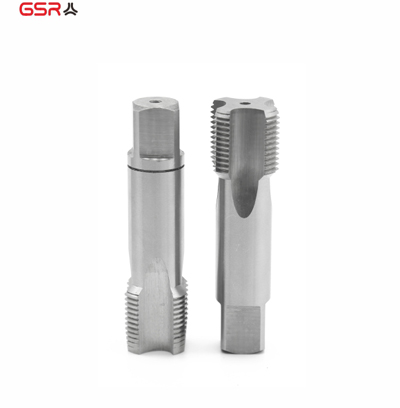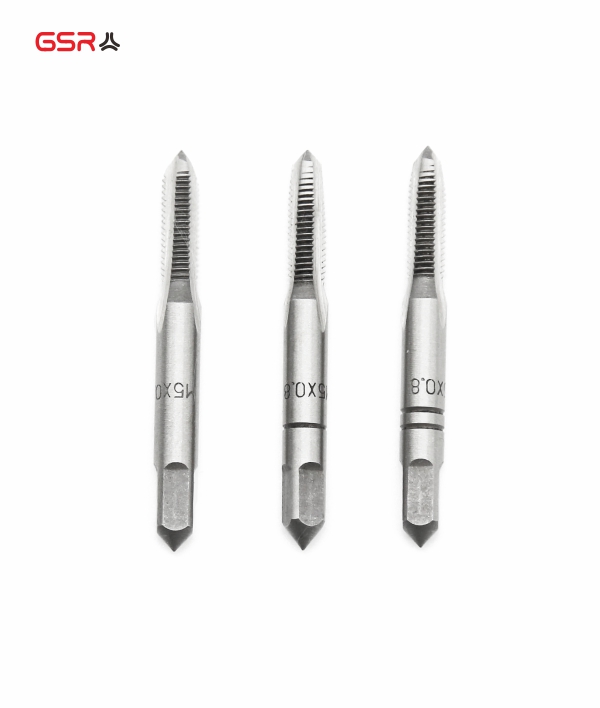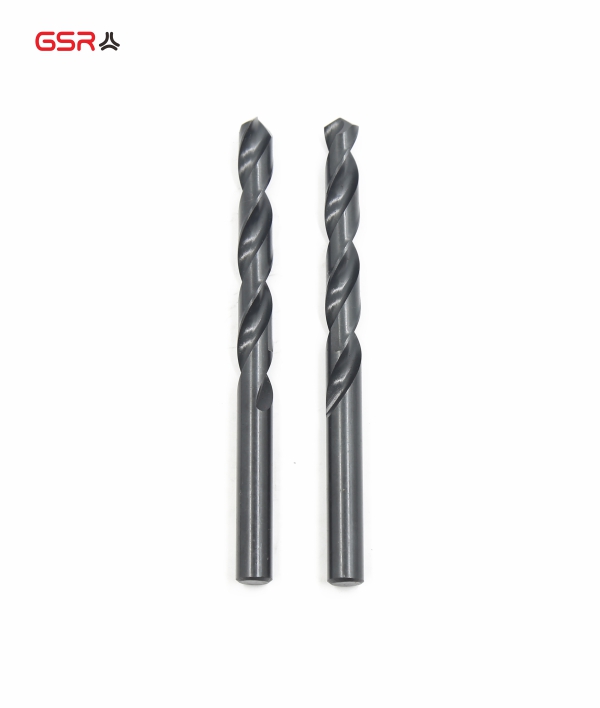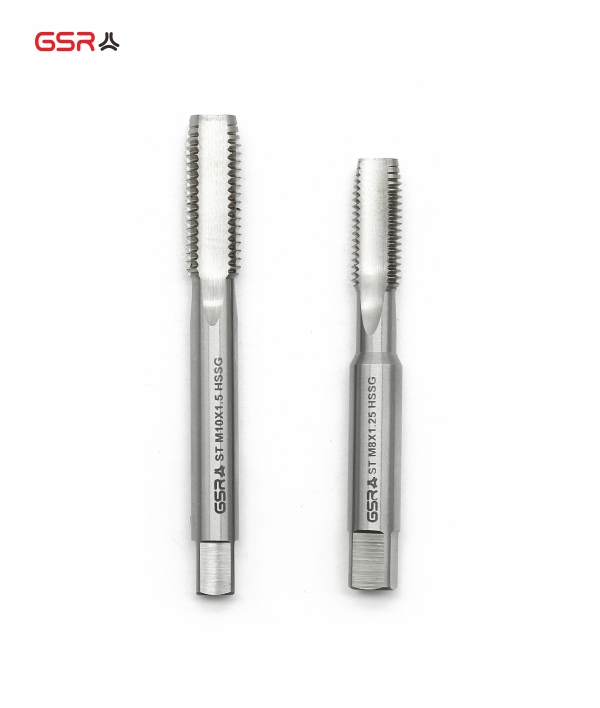How Do I Choose the Right Tap?
Taps are suitable for CNC machines, tapping machines, and rocker drills, and can also be used manually when you need to thread more easily and quickly. Most of the time, machine and manual taps are used for blind holes where threading is difficult to reach.
Manual taps are difficult and expensive to use, so most threading is done on lathes and during machining using CNC machines. The diameter of the screw to be drilled and the type of thread tooth type determines the type of tap to be used.
In addition to this, you can also choose a tap depending on how much money you want to spend on a particular job. You can look at material guides, sizes, prices, quality, brands, and a wide range of options to find a product that meets all your needs.
The number of threaded holes may also have an impact on the selection process. For example, if you only need a few threaded holes, you can simply use a manual tap. However, if you need to make 10 sets of parts with threaded holes on a CNC machine, spiral and profile taps are the best choice because of their long life.
To simplify the selection process, you need to be familiar with Taps and the scenarios in which they are used. So let's delve into the world of different taps.
Manual taps
These taps are tools that can be used for manual tapping. They are suitable for making swarf or chip-prone materials, and they are an inexpensive way of getting the job done. When making threads or tapping deep holes, you need to use these manual taps for continuous tapping.
The idea of using three taps is to reduce the amount of material removed during tapping, so that 1, 2 and 3 taps will have the same stress level so you can get a right-angle tap hole. You will use the handle to turn it correctly. To start manual tapping, the tap needs to be placed at right angles to the surface of the part (parallel to the axis of the hole).
In addition, this is the version of tapping that can easily break the tap. To avoid breaking, you need to turn the CCW direction (right-hand tap) to break off chips and swarf that could cause failure.
a) Tapered tap
It has 7-10 five-degree incisors on each side. The taper helps to spread the cutting force over a large area and to start machining the threads you want.
b) Plug tap
The second tap is a favorite. 3-5 incisors with an 8-degree angle at the end are tapered. The tapered tip makes it easy to place the tap at 90 degrees to the surface. In addition, it can be tapped to open holes when the part does not need to be drilled all the way to the bottom of the hole.
c) Bottom taps
These taps are used to create threads at the bottom of a closed hole so that you can have more teeth. They have two incisors at an 18 degree angle to the edge.
Thread Milling
This is not a tap, but a thread made like a tap. CNC machines use helical interpolation to make threads in holes and shoulders by thread milling. Thanks to the cutting tip, it can cut the material at the correct pitch. It can make threads to the size you want, regardless of size. It is safer than using a tap to cut threads, with a low risk of breakage and damage to the work and high thread quality.
The thread milling bit can be made to any pitch the customer desires. There are two types of thread thread type: metric and Whitworth. As the indexable inserts are made of carbide, they are easy to cut at high speeds.
In addition, thread milling cutters are ten times or more durable than taps and it is very easy to change the thread diameter with CNC thread milling programs, which is difficult to do with taps and plates. Because thread milling has so many benefits, it is often used in developed countries to create many threads at once.
Power-CNC machine taps
Spiral point taps (gun nose or bull nose taps) and spiral flute taps or gun taps.
The machine taps can be used to machine threads by hand and by CNC machines at the same time. This tap can also be used as a manual tap. With the spiral chip evacuation system, the chip does not get stuck in the bottom of the tap and is not pushed out during cutting. Instead, it pulls itself out, thus reducing the possibility of breakage.
It is used on CNC machines that cut threads because it reduces cutting stress. In the rigid tapping (G84) cycle, cutting takes place at the same speed as the spindle without stopping. When the tap reaches the bottom of the hole, the spindle turns in the opposite direction. This pulls the tap out of the hole and breaks up the long chips. A short spiral is better for non-ferrous materials and a long spiral for other materials.
Interrupted thread taps
Interrupted thread tube taps are designed for tapping soft or hard, fine filamentary metals which tend to load the threads with chips. Interrupted threads are easier to lubricate and reduce friction.
With taps, you can thread tubes. If you want the pipe threads to be conical, you should use tapered pipe threads, if they are straight, you should use straight pipe threads.
Cold forming or roll forming taps (thread forming taps)
Forming taps are high cycle forming taps. As with other taps, open forming guides are available in both metric and imperial sizes. What makes these guides special is that they do not drop chips and swarf when shaping. Because you don't cut it, you just shape it. The size of the drill is larger than that of the other taps. This is because the compression of the material causes the hole to become smaller when shaping the tooth.
Cold forming taps have no cutting edge or conventional groove pattern. Instead, the threads on the tap push the metal out of the hole, leaving the threads there. Because the metal particles are not broken and the moving metal is work-hardened, threads made in this way are stronger than those usually cut. The threads are polished for a high surface finish. Even if the chip problem is solved, cold-formed tapping moves the metal around the hole, so the hole should be countersunk or chamfered before tapping.
Cold form tapping is not a good idea if the wall thickness of the hole is less than two thirds of the nominal diameter of the thread. Blind holes should be drilled as deep as possible, if possible, so that a cold-forming tap with a four-thread lead can be used. This will require less torque, leave less burr around the hole and extend the life of the tool. The process requires 0-50% more torque than conventional tapping and the cold-formed tap picks up its lead as it enters the hole. This means that conventional tapping machines and tapping heads can be used. Another benefit is the longer life of these tools. Instead of regular cutting oil, you should use a quality lubricant for best results.
Next: Benefits of Tap Wrench






